Hardy Japanese-type maples in Vermont?
bucklenj
18 years ago
Related Stories

TREES11 Japanese Maples for Breathtaking Color and Form
With such a wide range to choose from, there’s a beautiful Japanese maple to suit almost any setting
Full Story
TREESGreat Design Plant: Coral Bark Japanese Maple, a Winter Standout
Go for garden gusto during the chilly season with the fiery red stems of this unusual Japanese maple
Full Story
GARDENING GUIDES12 Japanese Maples for a Sunny Garden
The right maple in the right place shines in hot summer sun
Full Story
GARDENING GUIDES13 Japanese Maples for Shade
A surprising variety of these understory trees is waiting to make a statement in your shade garden
Full Story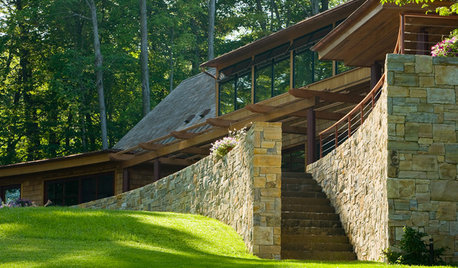
CONTEMPORARY HOMESHouzz Tour: 2 Wings for 3 Generations on a Vermont Lake
An extended family enjoys a spacious waterfront home influenced by farmhouses and Japanese architecture
Full Story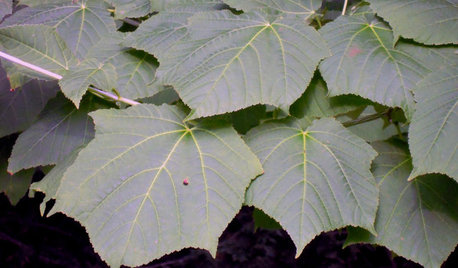
GARDENING GUIDES5 Amazing Small Maple Trees
There's more to maples than syrup. Expand your maple milieu with any of these 5 small and unusual trees
Full Story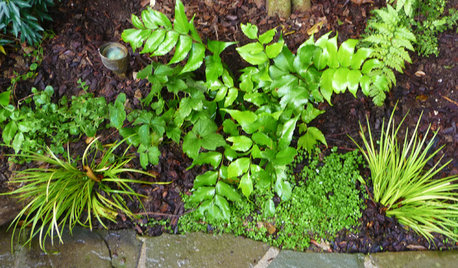
GARDENING GUIDESGreat Design Plant: Cyrtomium Falcatum ‘Rochfordianum’
Adding Japanese holly fern to your woodland garden is a great way to celebrate the holidays and create lasting memories
Full Story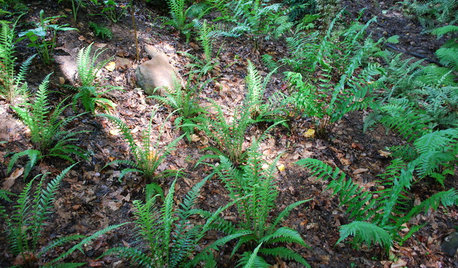
GARDENING GUIDESGreat Design Plant: Phegopteris Decursive-Pinnata
Consider Japanese beech fern for a spreading but noninvasive ground cover for shade
Full Story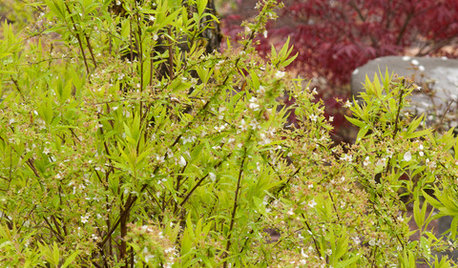
GARDENING GUIDESGreat Design Plant: Ogon Spirea for Radiance and Texture
This feathery shrub will light up your garden with its bright color and easygoing personality
Full Story0

GARDENING GUIDES5 Best-Behaved Trees to Grace a Patio
Big enough for shade but small enough for easy care, these amiable trees mind their manners in a modest outdoor space
Full StorySponsored
More Discussions






riconiferman
bucklenjOriginal Author
Related Professionals
Cottonwood Landscape Architects & Landscape Designers · Harrison Landscape Architects & Landscape Designers · Horsham Landscape Architects & Landscape Designers · Americus Landscape Contractors · Burien Landscape Contractors · Clearlake Landscape Contractors · Fort Mill Landscape Contractors · Kearny Landscape Contractors · La Vista Landscape Contractors · Metairie Landscape Contractors · Columbia Fence Contractors · Agoura Hills Fence Contractors · Columbia Fence Contractors · Fountain Fence Contractors · Whitman Fence Contractorsron48
riconiferman
bucklenjOriginal Author
bucklenjOriginal Author
mendocinomaples
bucklenjOriginal Author
ron48
bucklenjOriginal Author
glen3a
bucklenjOriginal Author
newgars
Tree_Frog
conifers
esamart
laurampls
newgars
jennifermapco